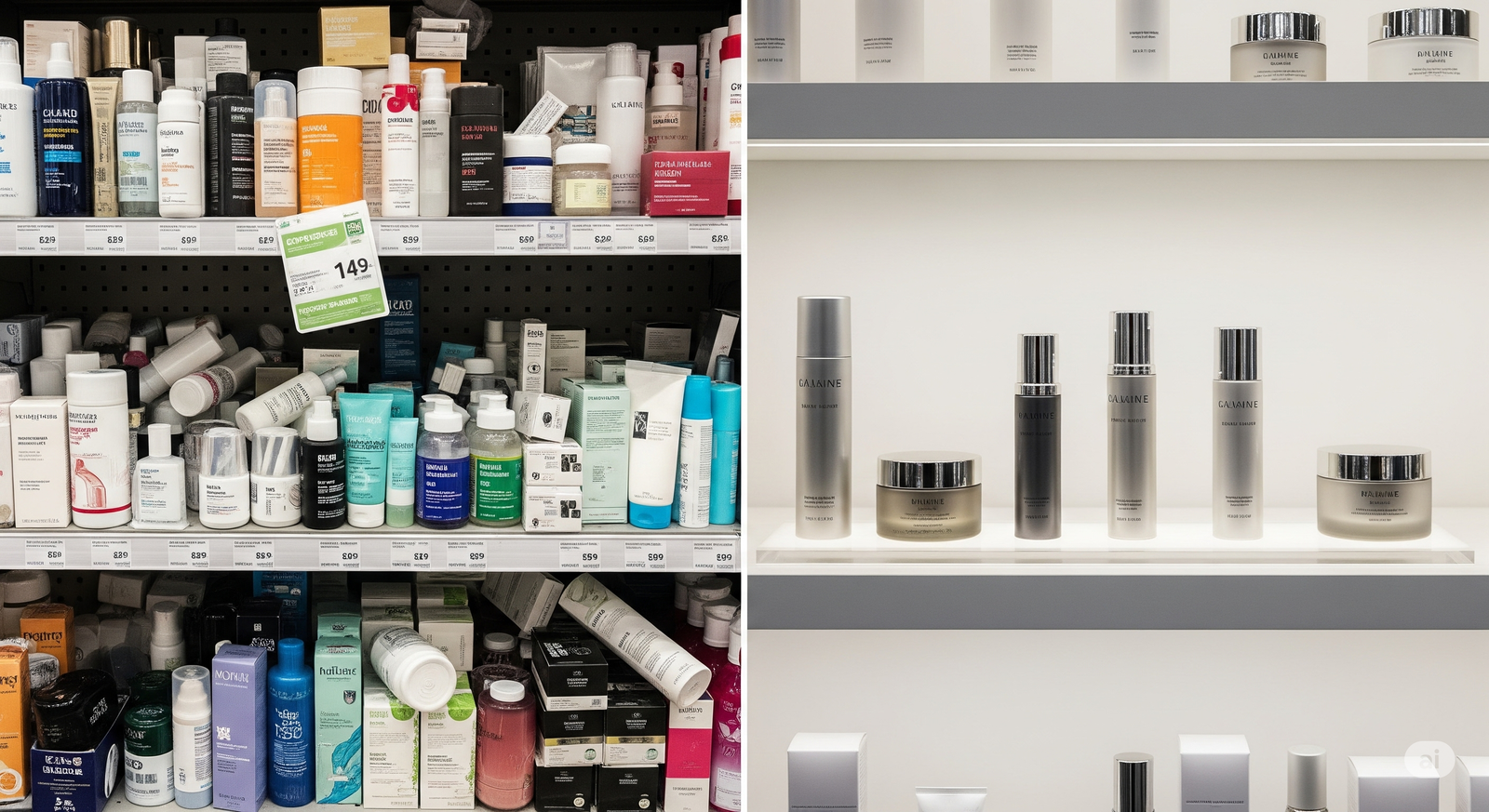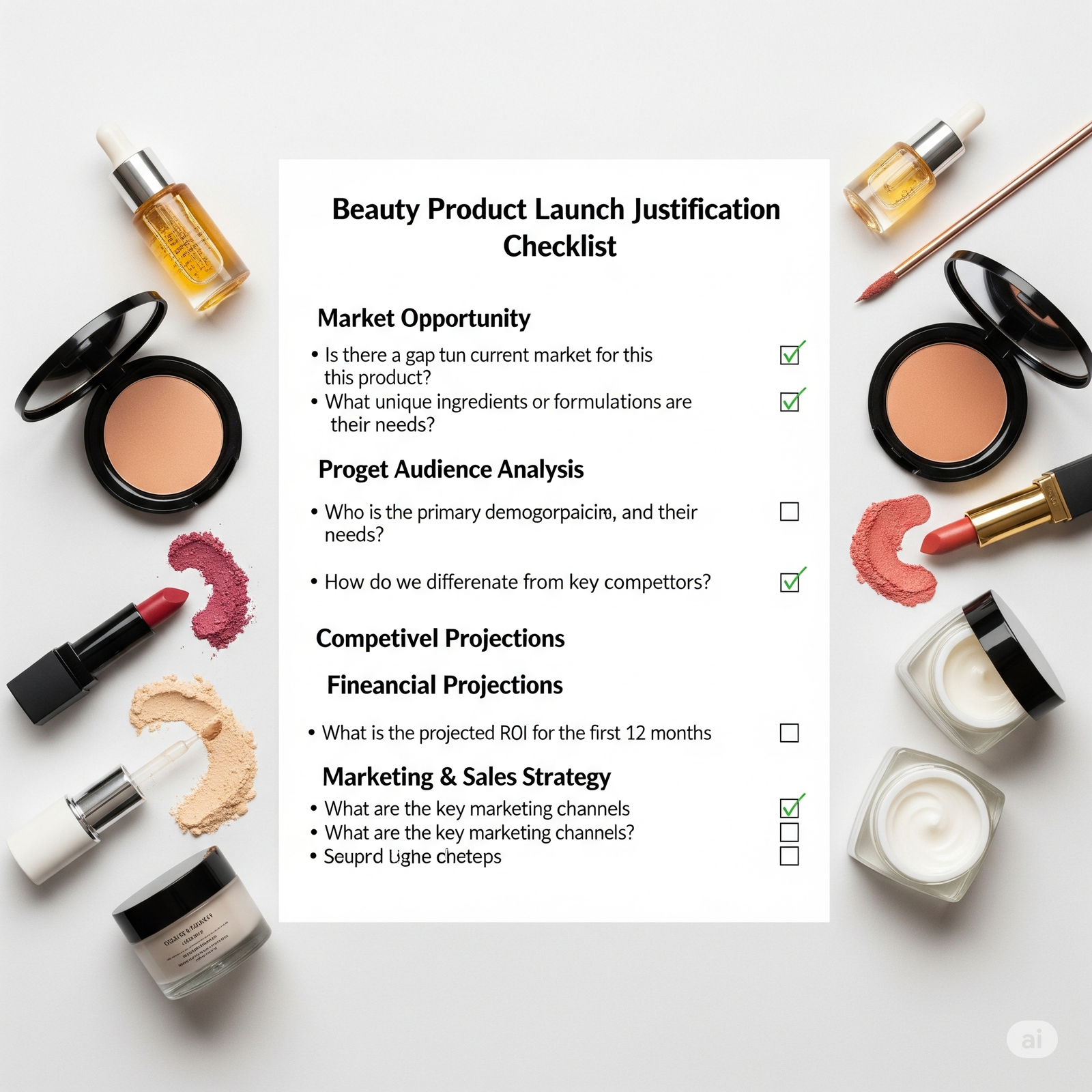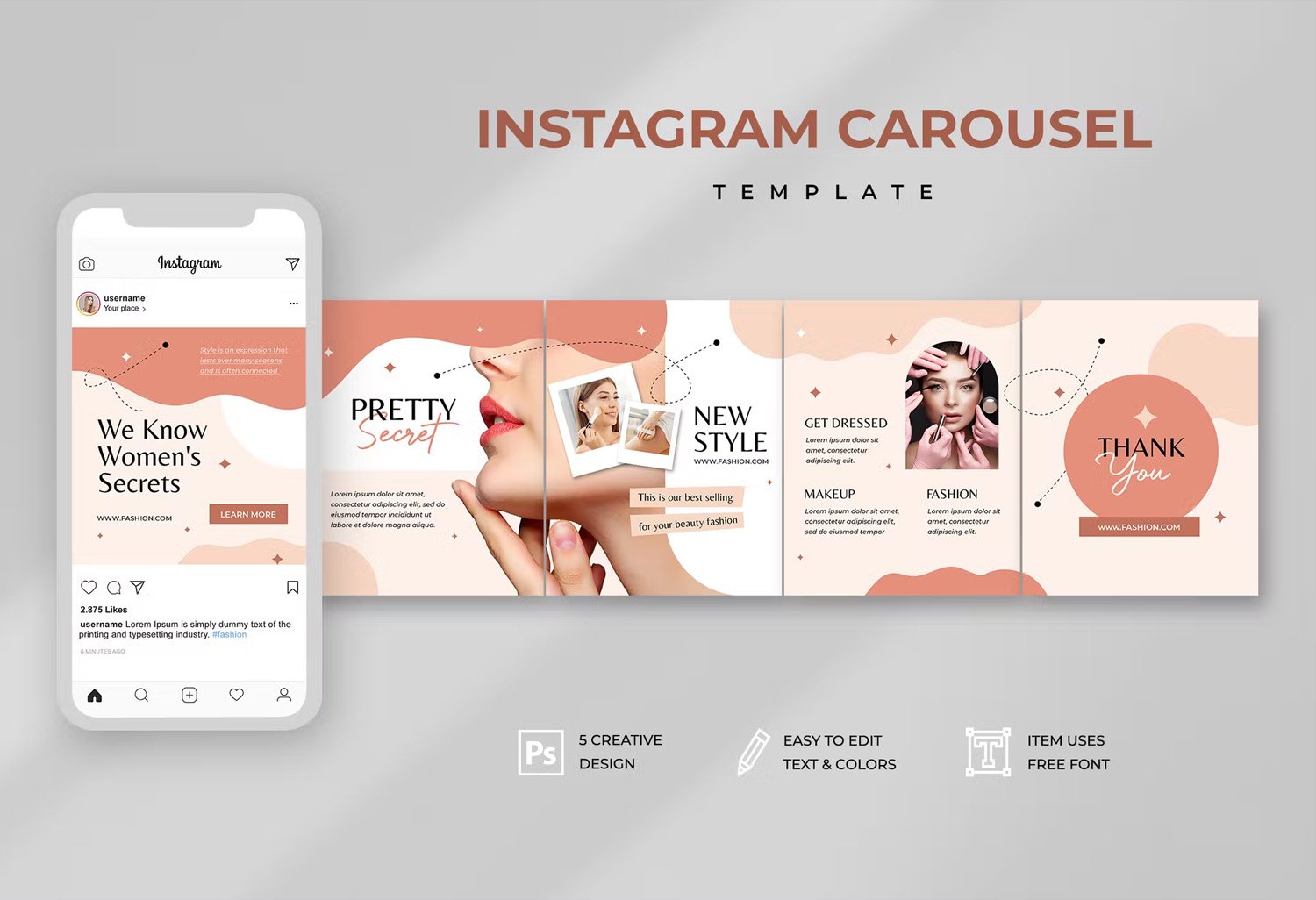Avoiding SKU Overload: Smarter Launches for Beauty Brands
Avoid beauty SKU overload with smarter product launch strategies. Learn how to fix portfolio mistakes and improve your brand’s growth using data-driven insights.
21 Jul'25
By Niharika Paswan


Avoiding SKU Overload: Smarter Launches for Beauty Brands
There’s a fine line between innovation and excess. In beauty, where trends shift faster than shelf resets, brands often feel pressure to launch. A new serum, another shade, a limited-edition mask. But when every “drop” becomes a decision burden for your consumer and a margin hit for your business, SKU overload isn't just a clutter problem it’s a growth problem.
Between 2019 and 2024, the average number of SKUs per beauty brand grew by 30% according to a Mintel SKU diversification report. But that same period also saw a rise in SKU-related write-offs and stagnant hero-product sales, especially among indie and mid-scale D2C players.
This article unpacks how smart beauty brands are now taking a sharper, data-led approach to launches. We'll look at portfolio strategies, common product launch mistakes, and how to avoid glut while growing your brand.
Because sometimes, the best launch decision is restraint.
The Hidden Cost of Too Many SKUs
At first glance, more SKUs suggest innovation. But beneath the surface, SKU glut can lead to:
- Consumer confusion: A sea of options dilutes decision-making. Shoppers leave, unsure.
- Marketing inefficiency: Ad spend spreads thinner across more products.
- Inventory risk: Overstocked items eat up capital, shelf space, and warehouse rent.
- Brand dilution: Your core product story gets lost when surrounded by non-essentials.
A McKinsey study on SKU rationalization found that brands reducing their SKUs by just 10–15% saw 2–4% increases in operating margin. The reason? Simplified supply chains, sharper marketing, and stronger product focus.
But fewer SKUs doesn't mean fewer launches. It means smarter ones.
Common Product Launch Mistakes in Beauty

Before we get into smarter strategies, let’s call out what often goes wrong.
1. Launching Based on Hype, Not Data
Social buzz can be misleading. Just because an influencer mentioned mushroom skincare doesn’t mean your version will convert. Without validating real demand through search trends, waitlist interest, or pre-launch surveys many brands end up launching into a void.
2. One-Off SKUs Without a Portfolio Fit
A powder bronzer from a skincare-first brand? Unless it’s part of a larger cross-category vision, launches like this feel off. Portfolio strategy matters, every new product should strengthen your brand’s ecosystem, not drift from it.
3. No End-of-Life Planning
Most brands have a launch strategy. Very few have an exit one. If a product doesn’t meet traction goals, what’s your sunset timeline? Your promo fallback? Your inventory threshold to call it?
4. Internal Excitement is greater than External Readiness
Sometimes, internal teams push launches they love before the audience is ready. This leads to beautiful but premature rollouts with no pre-built demand.
A New Way to Launch: The Lean SKU Framework
At Admigos, we’ve helped brands audit their portfolios and rethink launch plans using a Lean SKU Framework. It combines brand clarity with performance metrics and real consumer intent.
Here’s the simplified version:
1. Does it serve the hero?
Every new SKU should either:
- Support your hero product (e.g. a cleansing balm if your hero is a barrier-repair serum)
- Or be positioned to become a new hero over time
If it sits in-between neither here nor there then rethink it.
2. Is there unmet demand?
Before launching, check:
3. Can it scale visually and narratively?
Will it work across campaigns, packaging, retail shelves, and social? Can it star in reels and stand out on-shelf? If not, it may not be launch-ready.
4. Will it cannibalize?
Launching a tinted sunscreen? Make sure it doesn’t eat into your best-selling BB cream unless it’s part of a larger plan to phase and replace.
Launch Justification Checklist

Use this before greenlighting any new product:
- Is there clear market demand (search, save data, internal requests
- Does this support your long-term portfolio narrative?
- Will it expand or strengthen your customer journey (e.g. first touch, cross-sell, upsell)?
- Do you have the margin and production bandwidth to sustain it for 12+ months?
- Have you defined success metrics (conversion, retention, engagement) for the first 90 days?
- Is there a sunsetting strategy if traction is below target?
If more than two boxes are unchecked, it’s a flag. Delay or reevaluate.
Learning From the Leaders: How Top Brands Avoid SKU Overload
Some of the most admired beauty brands today aren’t known for how many products they launch but for how well they launch. Their portfolios are curated, strategic, and tied directly to brand DNA. Here’s how three of them use SKU discipline as a growth lever, not a constraint.
Glossier’s Slow-Burn Strategy: When Patience Beats Trend-Chasing
Glossier’s reputation for minimalism is only half the story. What truly sets them apart is pacing.
Rather than rushing to meet every skincare fad, Glossier plays a long game. Before a product ever touches skin, it must go through a rigorous process of tone matching, demand forecasting, and design fit. A perfect example: Stretch Balm, launched in 2024.
Though balm-textured tints had already flooded the market by 2022, Glossier waited. For over two years, they quietly developed the formula, tested pigment payoff on multiple skin tones, and validated demand through search signals and community feedback loops. They even experimented with limited samples and creator seeding without revealing a launch.
Why did it work? Because Stretch Balm wasn't just a dupe or reactive drop. It was:
- A texture users were already craving from Glossier’s brand voice (skin-first, not skin-covered)
- A bridge between their skincare and makeup line making it a portfolio amplifier, not an outlier
- Designed for visual storytelling in reels and GRWMs, aligning perfectly with modern content formats
Glossier teaches an important lesson: being first isn’t always best. Sometimes, being right is. As Collection of Vials said, Stretch Balm wasn’t a surprise, it was the product Glossier users had been waiting for.
Summer Fridays and the “Elastic Portfolio”: Structured Flexibility
Summer Fridays balances tight control with creative flow a strategy we call the elastic portfolio. It stretches to include seasonal or trend-relevant SKUs but snaps back to a core structure that’s clear and consistent. This brand doesn’t launch frequently. But when it does, each product has a precise reason to exist.
Take their Jet Lag Overnight Barrier Cream a logical step that built on the success of their original Jet Lag Mask. It wasn’t just another hydrating cream. It addressed a growing concern around skin barrier fatigue after travel, over-exfoliation, and climate shifts. This is both:
- A functional response to modern skincare needs
- And a timely message that resonates with their health-conscious, ingredient-savvy audience
Or consider their mini mask trios. Launched during gifting season, these didn’t just shrink the format they shrunk commitment. For a Gen Z buyer, minis reduce risk, increase portability, and feel more collectible. Yet despite the novelty, they don’t bloat the portfolio they’re temporary extensions, not permanent pillars.
What Summer Fridays gets right:
- Skews with purpose: nothing feels like filler
- Seasonal elasticity: room for timely launches without long-term clutter
- Zero guilt sunsetting: if a SKU underperforms, it’s quietly retired and no brand drama
Rhode’s Launch Discipline: Fewer SKUs, Sharper Storytelling
When Rhode entered the market, it launched with just three products. That wasn’t underfunding it was by design. Hailey Bieber’s team understood that today's consumer doesn’t just want products. They want proof of thought. With only a peptide glaze (serum), barrier repair cream, and lip treatment, Rhode delivered:
- Skin-fundamentals that echo Hailey’s personal routine
- Multi-format content potential swipe tests, layering routines, dupe culture
- A highly repeatable visual and narrative loop (dewy, minimal, non-perfumed aesthetic)
Importantly, their SKUs were all texture-led: thick, rich, glossy. This made the brand visually distinctive across both static and motion design formats. Every reel and GRWM told the same story: bounce, hydration, glaze.
Since then, every new launch has felt like a build-up, not a breakaway. The tinted peptide lip treatments weren’t new in function but new in color payoff, finish, and layering logic. And instead of crowding the shelf, they built a color library within one SKU type, a smart way to scale without confusing customers. Rhode proves that in a saturated market, narrow can be deeper. By anchoring tightly to its original texture and brand tone, it has created a uniquely defensible visual and functional identity.
Brand Growth Mistakes

Many SKU mistakes aren’t just product-level errors they’re symptoms of deeper brand issues. When your brand architecture lacks clarity, every launch feels like a guess. If your tone isn’t defined, your formulas, formats, and packaging won’t land. If your growth plan chases trends instead of building narrative depth, your portfolio ends up bloated and directionless.
This is where most beauty brands slip: not at the launch, but long before it. Before adding another SKU, it’s worth asking: does your brand have a clear hero? A tone that filters decision-making? A long-term vision for how your portfolio evolves? If not, every new product becomes noise, not growth.
Read full breakdown on Brand Growth Mistakes to rethink your foundation because sometimes, fixing your launches means fixing your brand first.
What Admigos Does Differently
Admigos has worked with brands at both startup and scale phases to fix portfolio chaos before it derails growth. Our launch planning isn't based on trends it's grounded in:
- SKU-by-SKU analytics: We evaluate every product's performance, contribution margin, engagement rate, and positioning clarity.
- Visual testing: Before launch, we prototype visual rollouts across digital and retail motion design, layout, unboxing to assess aesthetic stickiness.
- Portfolio optimization: We help brands shape portfolios that are both lean and layered hero-led, but flexible enough to grow with the audience.
The Right SKU Strategy Drives Conversion
Too many beauty brands focus on “more”: more shades, more drops, more categories. But in a world of visual saturation and limited thumb-time, more doesn’t always win. Consumers don’t want chaos. They want clarity. Smarter SKU strategy means building a portfolio that tells one strong story, not fifty weak ones. It means launching only when there's a case, not just a calendar. And it means viewing every new product as a visual, narrative, and performance asset and not a gamble.
The brands that win in 2025 won’t be those with the biggest shelf. They’ll be the ones with the sharpest.
— By Niharika Paswan
Slide vs Swipe: Why Carousel Designs Are Winning in Beauty
Discover how beauty brand carousel design boosts Instagram post engagement in 2025 through UX, thumb zone strategy, and swipe-worthy visual storytelling.

The Anatomy of Viral Beauty Campaigns: Lessons from 2025’s Winners
Discover what made 2025’s viral beauty campaigns succeed. Learn proven influencer marketing strategies and beauty ad case studies you can replicate.
